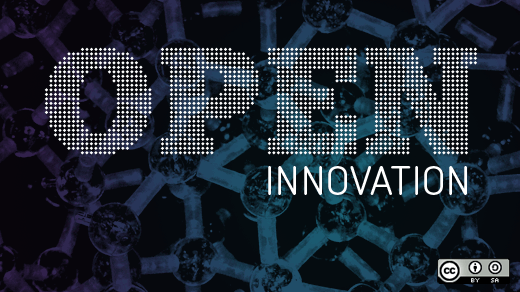I recently got a Google Glass device through the Explorer Program.
The Explorer Program is designed for people who want to get involved early and help shape the future of Glass. We're expanding little by little, and experimenting with different ways of bringing new Explorers into the program.
If you're a US resident, over 18 years old, and are interested in joining, you can sign up here and we'll let you know if a spot opens up. Please note that, while we'd like to invite everyone, we can't guarantee invites right now.
Remember, Glass is $1,500 + tax within the US, and you must provide a valid US ID or proof of residence when picking up Glass.

Once I got it in my hands, I linked it to my associated Gmail account and G+ account. Then, I got started. One of the first things I noticed was that I was presented with many open source software tools to work with. This was exciting. And, I soon learned that it was thanks to these open source resources that Glass development can be done quickly and successfully.
The software stack for the Glass builds upon the Android platform, and hence, on top of the Linux Kernel. It was indeed customized for Glass and is available as google-glass-kernel-source.
Development is typically best on a laptop or desktop machine, then you will pushe the Glass device via a USB cable connection. Start by downloading the Android Software Development Kit (SDK). It is available for multiple platforms, including Linux. The SDK provides integration with Eclipse, a popular development environment, and can also be run from the command line.
On that Android SDK, install the Glass Development Kit (GDK). It provides a variety of examples, some of which are directly available on GitHub. Programming is typically best done in Java, but could also be done with the Mirror API, using languages like: Python, PHP, Ruby and Go. Integration between Eclipse and Git, make it easy to maintain projects using a typical GitHub workflow, without forcing this as the only path for development.
Cool open source libraries that empower Glass apps
Glass application developers can benefit of many available open source libraries. Here are two that are particularly useful for taking advantage of the integration between built-in sensors and the display capabilities of Glass:
min3D: a lightweight 3D library for Android using Java with OpenGL
Box2D: a C++ physics engine for simulating rigid bodies in 2D
Check out some of the other basic GDK mini games.
For the bravest of heart, there are instructions on how to root the Glass (note that this will void the warranty), and hence experiment with downloading and modifying the Glass kernel.
It is thanks to the open source nature of all of these components and experimentation of early adopters, that development of the Google Glass device can move at such rapid speed.








2 Comments